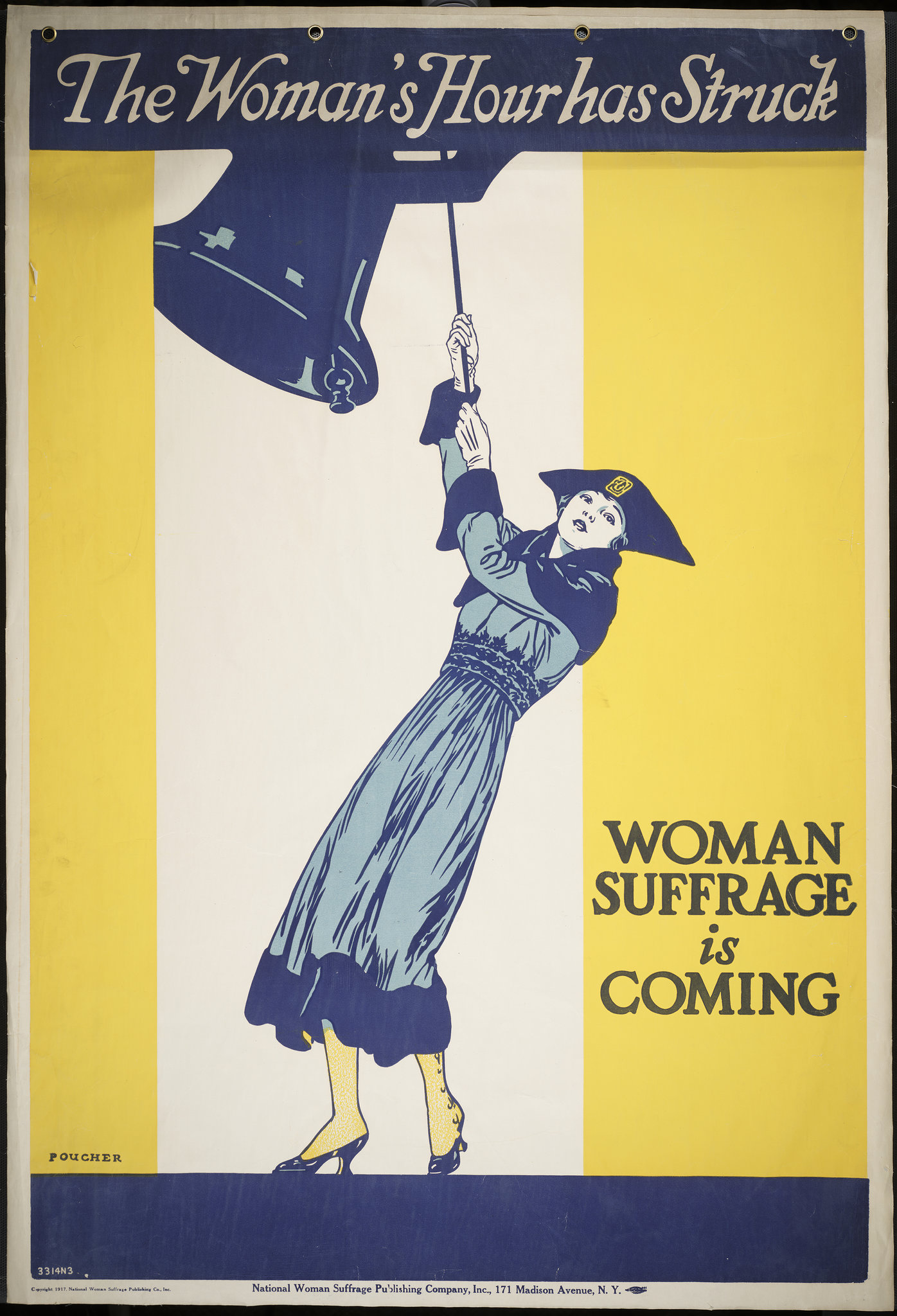Understanding the Women’s Suffrage Movement: Key Insights
Explore the history and significance of the women’s suffrage movement. From origins in the 19th century to its lasting legacy, learn how this movement transformed gender equality. Key figures, landmark events, and ongoing impacts are highlighted, offering a comprehensive overview of women's fight for voting rights and societal empowerment.

Understanding the Women’s Suffrage Movement: Key Insights
The fight for gender equality continues today, highlighted by movements like ‘Me Too’. However, modern women’s empowerment efforts began in the 19th century with the rise of the women’s suffrage movement—a significant societal and institutional push for change.
The Suffrage Movement was a central part of the broader Women’s Rights movement, dedicated to securing equal societal participation for women. A primary focus was granting women voting rights (or ‘suffrage’—the right to vote). Women’s groups in countries like the US and UK formed organizations to advocate for these rights.
Image Credit: glogster.com
The first global women’s rights organization was the International Council of Women (ICW), established in 1888. It marked the first coordinated effort among women worldwide, primarily from independent and developed nations, to improve women’s societal status. Over time, activists recognized the need for a dedicated suffragette group separate from broader human rights organizations.
London’s Parliament Square commemorates feminist leader Millicent Fawcett with a statue, a highlight in the #Vote100 celebrations. May 2, 2018
In 1904, the International Woman Suffrage Alliance was formed, led by prominent figures like Millicent Fawcett and Carrie Chapman Catt, helping push for women's political and social rights across nations.
British women's rights advocate Millicent Fawcett and American activist Carrie Chapman Catt played pivotal roles. Their efforts significantly contributed to empowering women politically and socially.
Recommended Reading: 5 Women Who Made History (That History Forgot)
The Women’s Suffrage Movement in America
The 1848 Seneca Falls Convention was a groundbreaking event, launching American women’s journey toward equality. Organized by abolitionists Lucretia Mott and Elizabeth Cady Stanton, it gained international recognition, bolstered by global women’s rights movements.
Interesting Facts About the Movement
By 1918, women gained the constitutional right to vote in the US, though initially limited to those over 30 who owned property. Male allies like Keir Hardie actively supported the movement. Some suffragettes learned martial arts like Jiu Jitsu for self-defense during protests, with violence being largely defensive rather than aggressive.
Recommended Reading: I, Sophia: The Robot Making Waves Globally
Enduring Impact of the Movement
Pioneering efforts of the suffragettes laid the foundation for modern feminism. The movement’s legacy fuels ongoing gender equality progress, ensuring women can pursue any opportunity without barriers. Today’s equal rights advancements trace directly to these early struggles, marking a significant societal shift.









